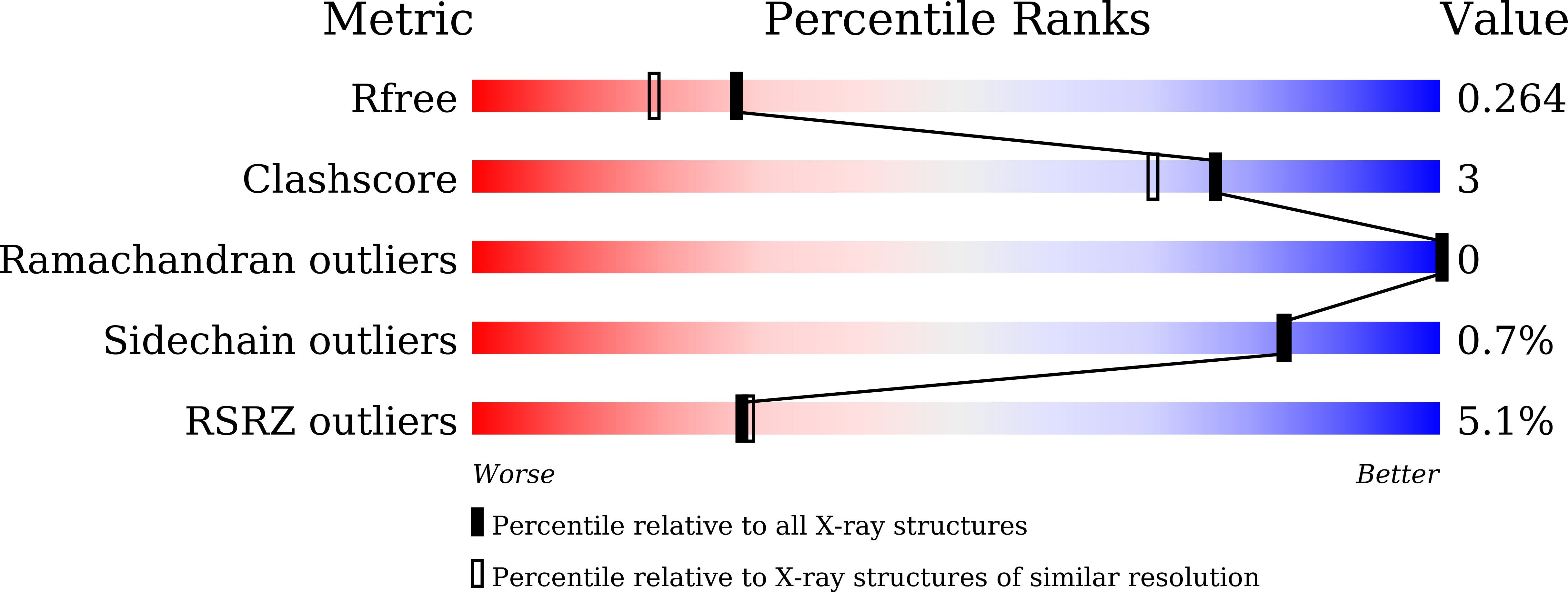
Deposition Date
2023-06-14
Release Date
2023-12-06
Last Version Date
2024-01-03
Entry Detail
PDB ID:
8JQQ
Keywords:
Title:
Protocatecuate hydroxylase from Xylophilus ampelinus C347T mutant
Biological Source:
Source Organism:
Xylophilus ampelinus (Taxon ID: 54067)
Host Organism:
Method Details:
Experimental Method:
Resolution:
2.06 Å
R-Value Free:
0.25
R-Value Work:
0.22
R-Value Observed:
0.22
Space Group:
P 21 21 21


